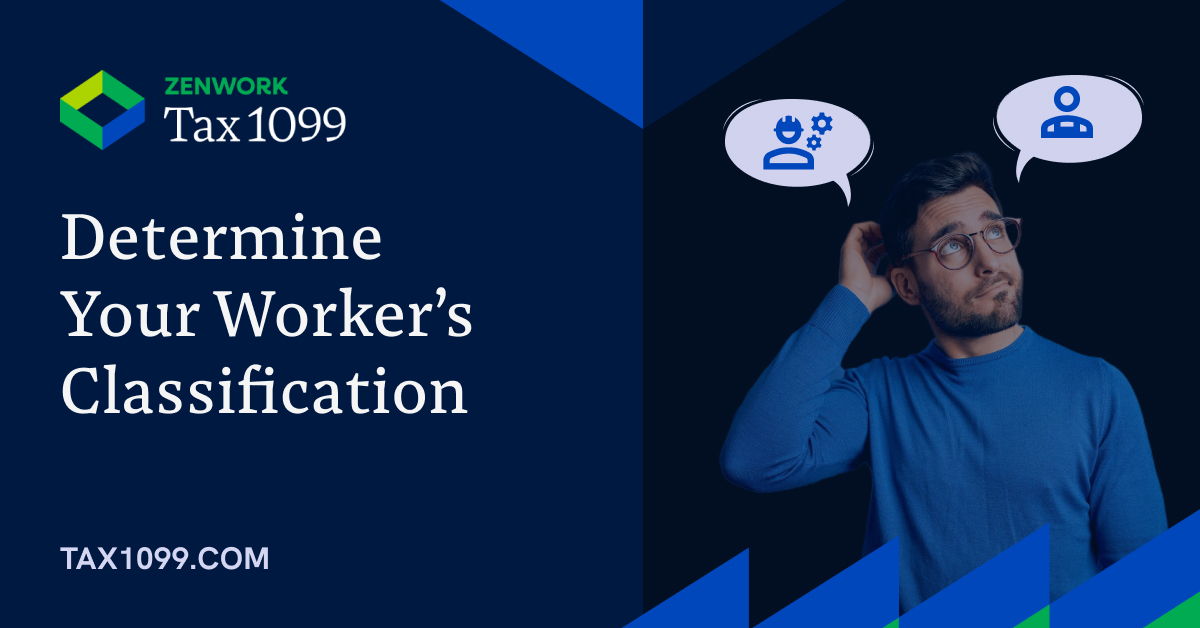Understanding the implications of worker misclassification is critical for ensuring compliance. According to the Economic Policy Institute, 10-15% of employers misclassify at least one worker as an independent contractor.
Companies in the past have paid millions in penalties for misclassifying workers!
Below, we list several high-profile employee misclassification lawsuits involving well-known companies within the last five years:
- In 2022, Uber paid US$8.4 million to settle a class-action lawsuit with California drivers who alleged Uber misclassified them as contractors.
- UK Research and Innovation (UKRI). In 2021, the British non-departmental funding body UKRI paid £36 million in back taxes to British authorities for misclassifying its contractors’ IR35 status.
- FedEx. A 2021 employee misclassification lawsuit in New Jersey forced FedEx to pay US$2.4 million to 192 drivers. This is the latest in a series of misclassification lawsuits FedEx has faced over the past two decades in the U.S. that have resulted in damages ranging from US$5.3 million to US$228 million.
Common Law Test:
The common law test focuses on three primary categories: Behavior Control, Financial Control, and Relationship of the Parties
Let’s understand these one-by-one.
- Behavioral control − Does the company have the right to control what the worker does and how the worker does the job? Behavioral control is observed if the company has direct control over the workers’ performance. Other inclusions of behavioral control are the work assigned to them, instructions, instructions, training, usage of instruments, engagement of other workers, work done over time, and sequence of work.
- Financial control − Does the business direct the financial aspects of the worker’s job? It comprises of the things like how the worker is paid, are expenses reimbursed, who provides tools/supplies, etc.
- Relationship of the parties −It comprises of the relationship between the worker and employer. Whether or not there is a written contract signed by both parties, if the worker receives any employee type benefits such as pension plan, insurance, vacation pay, or if the worker plays a significant role in the company.
ABC Test
Currently, the U.S. Department of Labor and 33 states, including California, have adopted this ABC test. Presume that the worker is an employee unless:
- Absence of control: While the worker is free from any direct control of the business through an agreement or contract, this is called an absence of control. However, minor exceptions, like setting the working hours from the organization, are applicable.
- Business of the worker: Here, the worker must perform work that is “unusual” in regard to the employing organization’s business and/or off the hiring entity’s premises.
Customarily engaged: Multiple professionals are independent and work on a per-project or job basis. They are open to the market with their services and seek profit from the organization. As soon as the workers are more dependent on the employer, they are inclined toward employee status.
Misclassification of Worker
Misclassification of workers can lead to a multitude of issues for business owners and employers. These include legal liabilities such as fines, penalties, and potential lawsuits.
- Tax consequences: Back taxes, penalties, and interest for failing to withhold and pay employment taxes.
- Benefit obligations: Additional costs for providing benefits like health insurance and retirement plans to misclassified employees.
- Labor law violations: Risk of violating minimum wage, overtime pay, and other labor laws.
- Reputation damage: Negative publicity and damage to relationships with employees, customers, and stakeholders.



